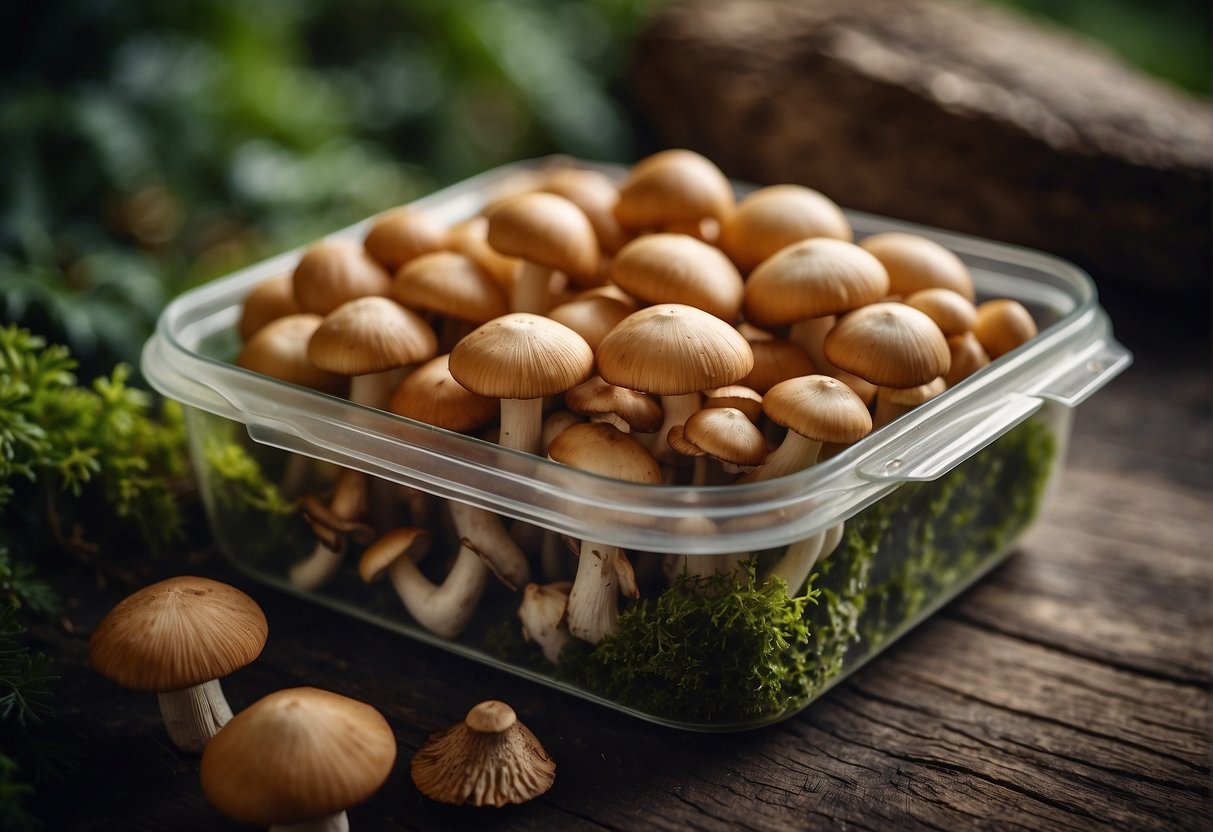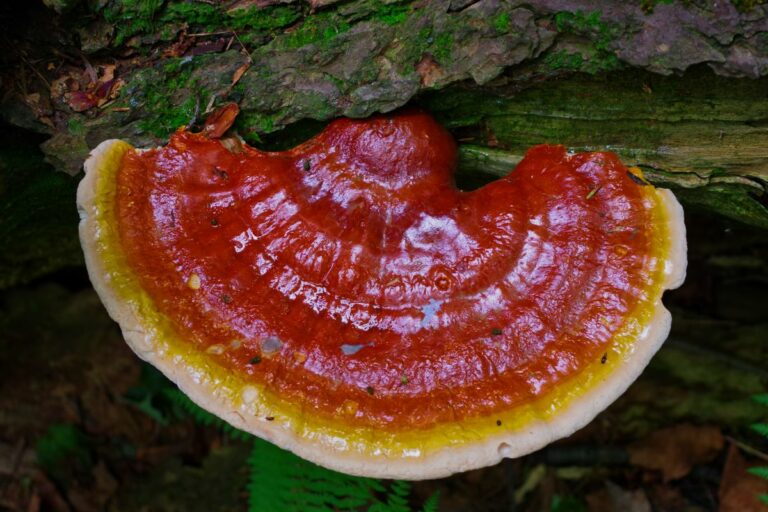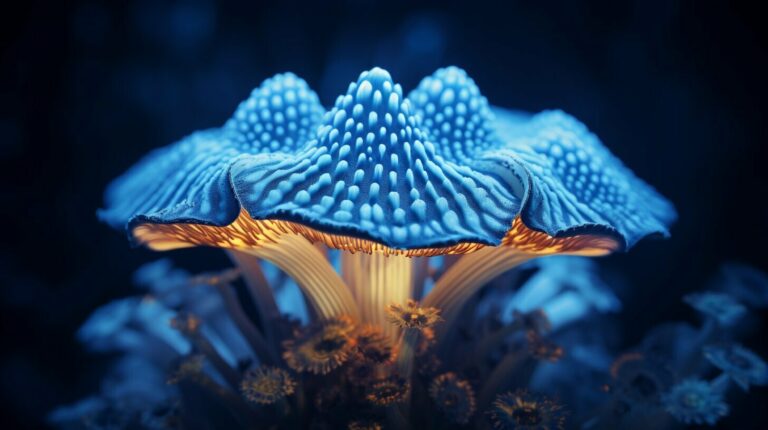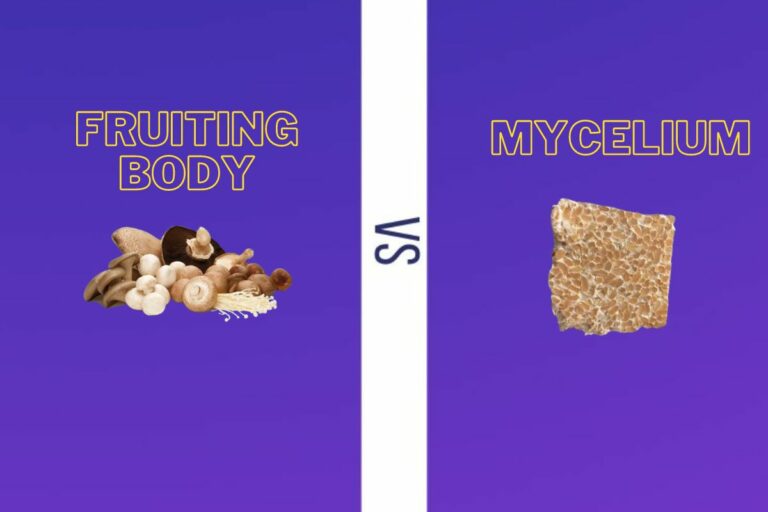Understanding the shelf life of psilocybin mushrooms, commonly known as magic mushrooms or shrooms, is crucial if you’re considering using them for their psychedelic effects. These mushrooms contain the psychoactive compound psilocybin, which can undergo changes in potency and safety over time. Proper storage conditions are key to maintaining their shelf life. Fresh mushrooms typically last for about 7-10 days in the refrigerator, but once they start to get slimy or develop a strong odor, it’s an indication that they have begun to spoil.
Dried mushrooms, on the other hand, have a significantly longer shelf life due to the lack of moisture which deters the growth of mold and bacteria. When stored in a cool, dark place, in an airtight container with a desiccant to keep out moisture, dried mushrooms can maintain their quality for several months or even years. However, even with optimal storage, the psilocybin in mushrooms degrades over time, leading to a decrease in their psychoactive potential.
To ensure the best experience and avoid consuming spoiled mushrooms, it’s important to recognize the signs of degradation. Look for changes in color, texture, and smell as indicators. If you’re ever unsure about the condition of your mushrooms, it’s advisable to err on the side of caution and dispose of them. Safety and effectiveness are paramount when dealing with substances like psilocybin, and being informed on how to assess their quality is essential.
Identifying Freshness
Table of Contents
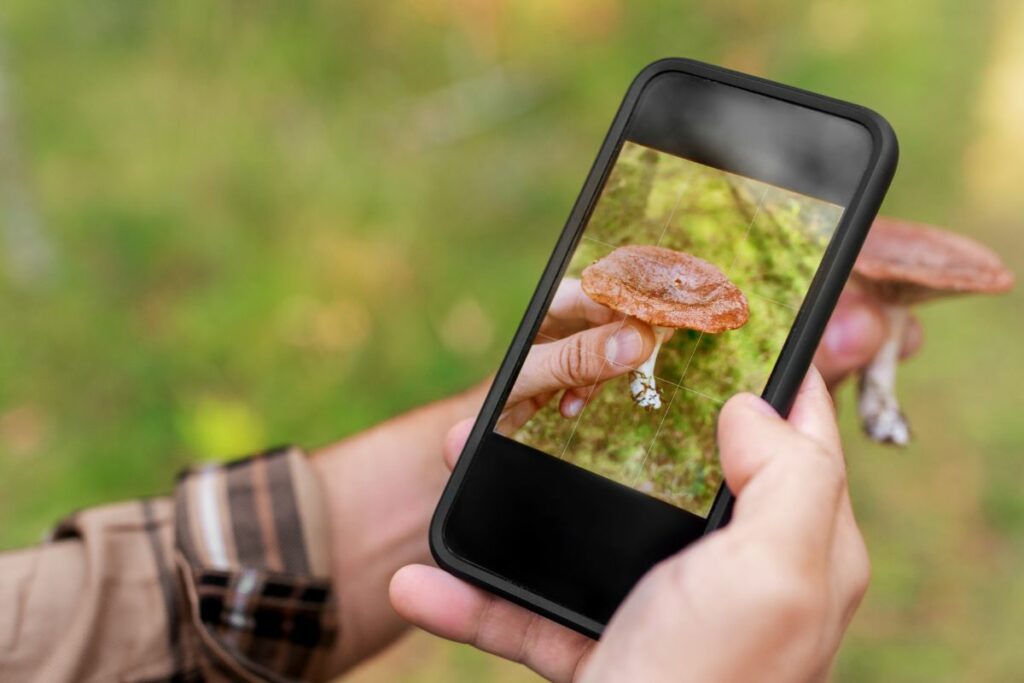
When you’re assessing the edibility and quality of mushrooms, knowing how to identify their freshness is crucial for both culinary and safety reasons. There are specific markers you should check to ensure the mushrooms you have are fresh and good for consumption.
Physical Signs of Freshness
- Appearance: Your fresh mushrooms should possess a uniform color without any spots or discoloration, which can indicate the start of spoilage or improper handling.
- Texture: They should feel firm to the touch, with no slimy surface, which is often a sign of decay. If you touch the mushrooms and they feel mushy or damp, it’s best to avoid using them.
Optimal Conditions for Freshness
- Storage: Store your fresh mushrooms in a dry and cool place. Proper storage can significantly extend their shelf life. A paper bag in the refrigerator is typically recommended for maintaining their freshness.
- Odor: Fresh mushrooms typically have an earthy, mild smell. Any odor that is sour or off-putting is a clear indicator that the mushrooms may no longer be fresh. Trust your senses—if something smells foul, it’s better to err on the side of caution and not consume the mushrooms.
Storage Fundamentals
Proper storage of magic mushrooms is essential to maintain their potency and safety. Below are specific methods for both short-term and long-term preservation.
Short-Term Storage
For keeping your magic mushrooms fresh for a few days to a couple of weeks, use your fridge. Place them in a paper bag, then inside a plastic wrap to prevent moisture, which can lead to degradation. A brown paper bag is preferable as it allows the mushrooms to ‘breathe’ and reduces moisture build-up. Check on them periodically, making sure they are dry and free of mold.
Long-Term Storage
For long-term storage, ensuring that magic mushrooms are completely dried is crucial because moisture can lead to spoilage. Once dried, place them in an airtight container like a mason jar with a desiccant packet to absorb any residual moisture. Seal them tight and store in a dark, cool place; a cupboard can be ideal. For additional protection, you could opt for ziplock bags, but ensure all air is squeezed out before sealing. Properly dried and stored mushrooms can have a shelf life of several months to a year.
Mushroom Longevity
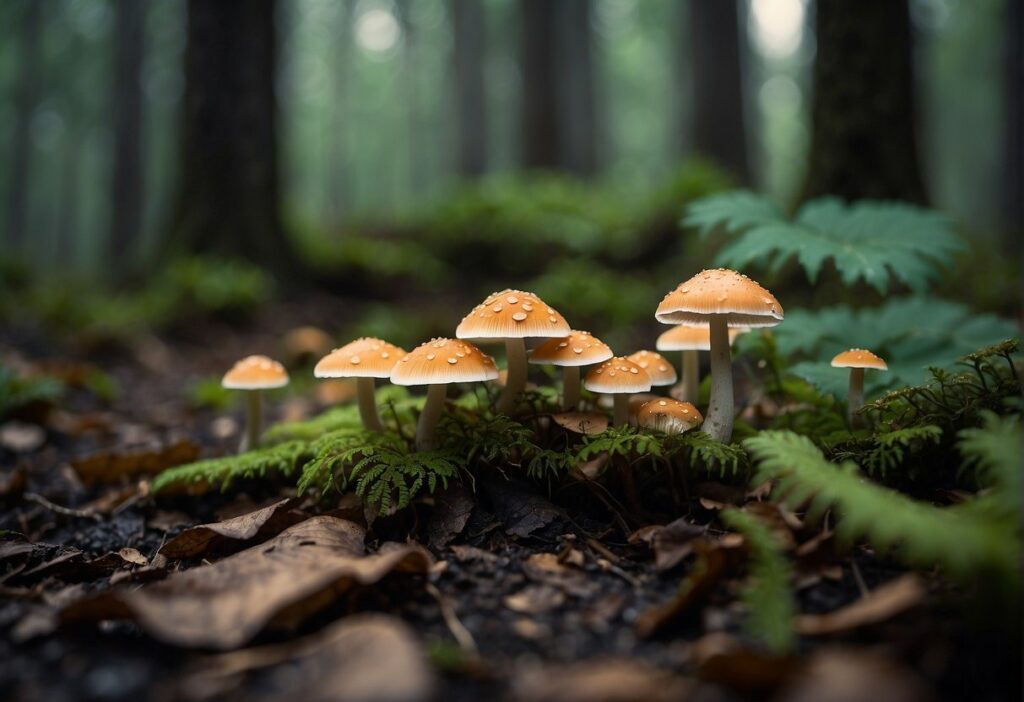
When storing mushrooms, their longevity hinges significantly on whether they are fresh or dried. The lifespan of your mushrooms influences not only their taste and texture but also their potency and safety for consumption.
Fresh Mushroom Shelf Life
Fresh mushrooms have a relatively short shelf-life, typically lasting 5 to 7 days in the refrigerator. To maximize this time:
- Store them in their original packaging or in a paper bag to allow for airflow.
- Keep them dry, as moisture can accelerate spoilage.
Factors affecting their lifespan include:
- The type of mushroom.
- The freshness at the time of purchase.
- Refrigeration temperatures.
The potency or benefits of fresh mushrooms, such as in the case of medicinal mushrooms, can diminish over time, so using them promptly is advised.
Dried Mushroom Shelf Life
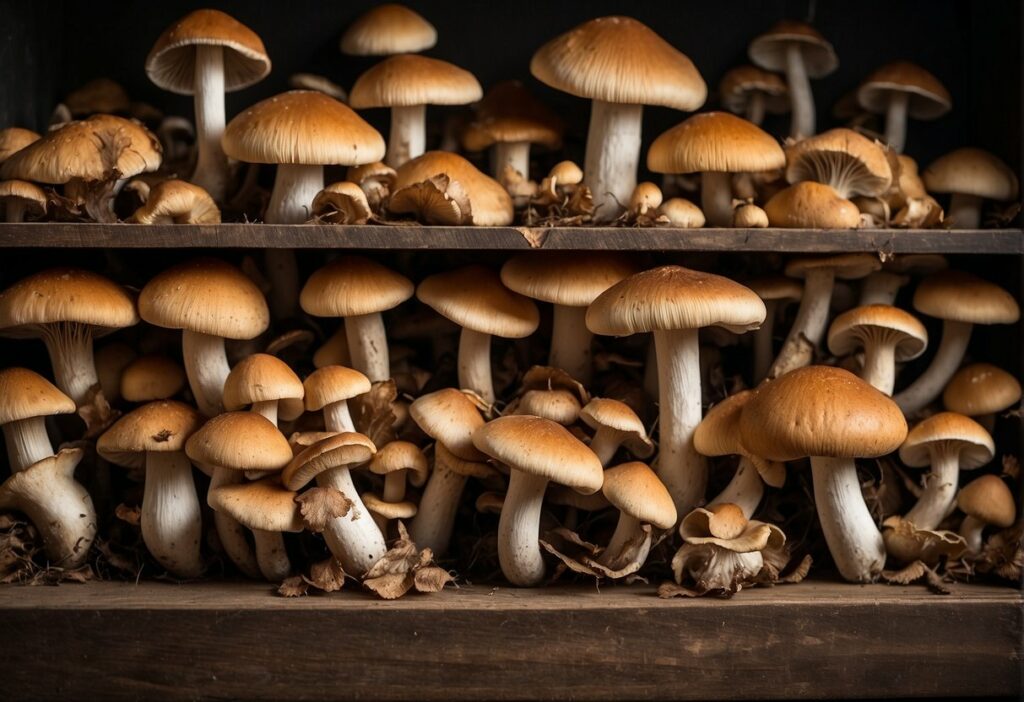
Dried mushrooms offer a much longer shelf-life, often up to a year or more when stored properly. To ensure they remain good for as long as possible:
- Keep them in a cool, dark place.
- Seal them tightly in a container to keep out moisture and air.
Shelf-stability is owed to the lack of moisture, which helps prevent the growth of mold and bacteria. Additionally, dried mushrooms maintain their potency over time, making them a preferred form for long-term storage without significant loss of their properties.
Prevention of Decay
To ensure your mushrooms remain safe and edible for as long as possible, attention to controlling moisture, regulating temperature, and preventing contaminants is essential. These factors are crucial for preventing decay, which is the breakdown of the mushroom’s structure leading to spoilage.
Moisture Control
Controlling moisture is pivotal in preventing rot and mold growth in mushrooms. Store your mushrooms in a way that allows for air circulation and keeps humidity in check. Use:
- Paper bags or breathable containers instead of plastic to absorb excess moisture.
- Silica gel packets in storage containers as a desiccant to help remove dampness.
Temperature Regulation
Maintaining the ideal temperature slows down bacterial growth and decay. For best results:
- Keep mushrooms refrigerated between 2°C and 4°C (35°F and 39°F), which is the optimal temperature range.
- Never leave mushrooms at room temperature for prolonged periods, as heat accelerates bacteria proliferation and decay.
Preventing Contaminants
Protect your mushrooms from bacteria and other contaminants by practicing good hygiene. This means:
- Washing hands thoroughly before handling mushrooms.
- Using clean utensils and cutting boards to avoid cross-contamination.
- Storing mushrooms in a clean refrigerator, away from raw meats and strong-smelling foods.
Preservation Techniques
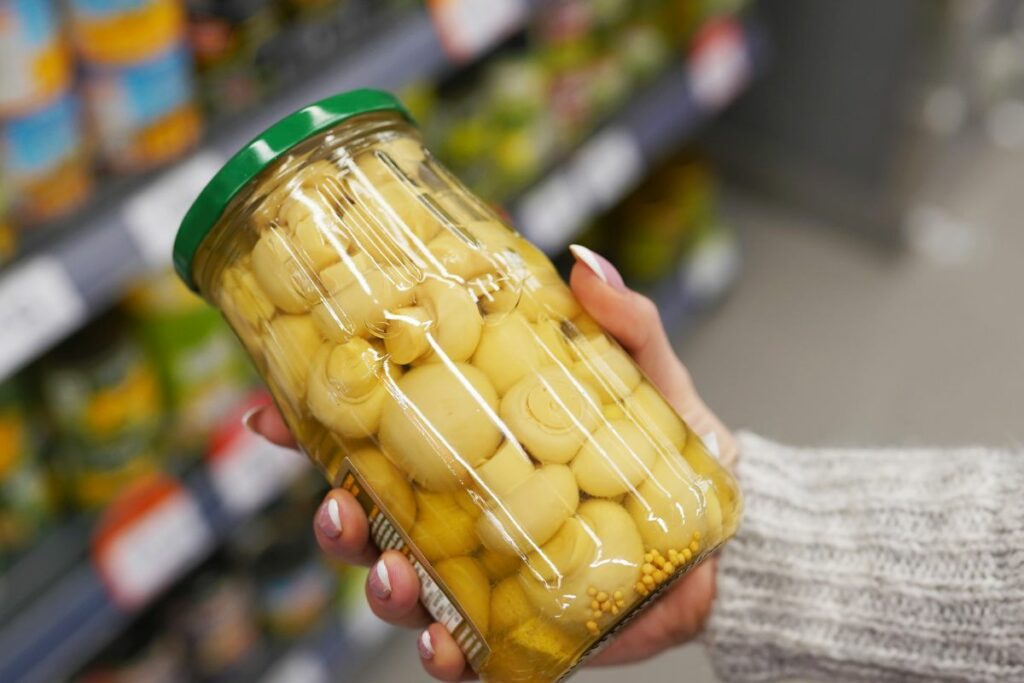
Ensuring your mushrooms maintain their quality over time involves using specific methods tailored to reduce spoilage and retain flavor. Below, you’ll find proven techniques to help extend the shelf life of your mushrooms.
Freezing
Freezing is a straightforward method for preserving mushrooms. Before freezing, it’s essential to clean your mushrooms and blanch them in boiling water for 1-2 minutes—this step helps deactivate enzymes that can cause flavor and texture degradation. Once blanched, plunge them into ice water to halt the cooking process, dry them thoroughly, and lay them out on a baking sheet to freeze individually. Once frozen, transfer the mushrooms to an airtight container or freezer bag to prevent freezer burn and maintain quality.
Drying
Drying mushrooms effectively reduces their water content, significantly increasing their shelf life. You can air-dry them in a warm, well-ventilated room, or for a quicker method, use a food dehydrator. If using a food dehydrator, place the slices of mushroom on the racks, ensuring they aren’t overlapping, and set the temperature between 125-135°F (52-57°C). The process can take several hours, but you’ll know your mushrooms are fully dehydrated when they snap cleanly in half and no moisture is visible.
Using Desiccants
Desiccants like silica gel are used for dehydrating because they absorb moisture effectively. To use desiccants, place your dried mushrooms in an airtight container and add a packet of desiccant. This method helps to reduce the residual water content and oxygen exposure, both of which can lead to spoilage. Check the desiccant packets periodically and replace them if they appear to be saturated, as this indicates they’ve reached their moisture absorption capacity.
Effects of Aging on Potency
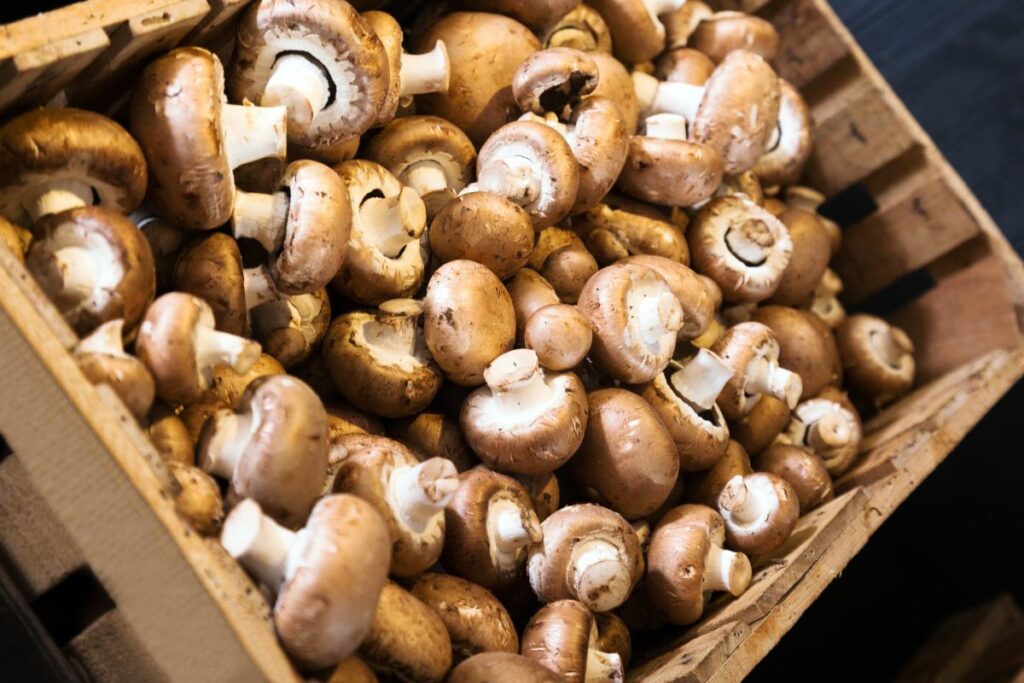
When you store psilocybin-containing mushrooms, also known as “magic mushrooms” or “shrooms,” their potency—the strength of the psychedelic effects you can expect—can diminish over time. Psilocybin, the active compound responsible for the mushrooms’ psychoactive properties, gradually breaks down, especially if the mushrooms are not stored properly.
Storage Conditions
To maintain their potency, shrooms should be kept in a cool, dark, and dry place. Exposure to heat, light, and moisture can accelerate the breakdown of psilocybin, leading to a weaker effect, or ‘high‘, when they are consumed.
- Light: Avoid exposure to light as much as possible.
- Temperature: A cool environment is preferable.
- Moisture: Ensure the mushrooms are completely dried before storage to prevent mold.
Shelf Life
The potential shelf life of dried mushrooms can be several months to a few years, depending on the storage method. Vacuum sealing can help extend their longevity.
| Storage Method | Expected Shelf Life |
| Room Temperature | Several months |
| Refrigerated | Up to 1 year |
| Vacuum Sealed | Several years |
As your mushrooms age, if you find the high is not as strong as you would expect from your previous experiences, this could indicate a loss of potency due to the degradation of psilocybin over time. Remember, mushrooms that have significantly aged may not provide the same effects and may also pose risks if they have deteriorated or become contaminated. Always prioritize safety and be mindful of changes in your shrooms as they age.
Safe Consumption and Handling
When consuming magic mushrooms, it’s crucial to ensure your experience is both safe and enjoyable. Doing so involves careful dose determination and awareness of the signs of spoilage which carry risks of adverse effects.
Determining Proper Dose
To minimize the risk of poisoning, anxiety, or a bad trip, it’s important to start with a low dose, especially if you’re inexperienced. A common starting point is 1 to 2 grams of dried magic mushrooms. Keep in mind that tolerance can alter the effects, so what is adequate for one person may be too much for another.
- Light Dose: 0.5 – 2 grams (dried)
- Moderate Dose: 2 – 3.5 grams (dried)
- Strong Dose: 3.5 – 5 grams (dried)
Be aware that higher doses significantly increase the chances of experiencing nausea, fear, and intense psychological effects.
Signs of Spoilage and Risks
Magic mushrooms can spoil just like any other food. Consuming spoiled mushrooms may lead to food poisoning and intense gastrointestinal discomfort. Here are signs you should look for:
- Discoloration: Any significant changes in color from their original hue.
- Off-putting Smell: Any sour or unexpected odors.
- Visible Mold: Any fuzzy or moldy growths on the mushrooms.
If you notice any of these signs, it’s critical for your safety not to consume the mushrooms to avoid potentially serious health risks. Always err on the side of caution and when in doubt, do not eat them.
Creative Use and Recipes
When your mushrooms are just right for harvesting, incorporating them into creative recipes not only enhances their flavor but also extends their usability. Two delightful ways to use mushrooms in your culinary experiments are through infusing them with honey and preparing mushroom chocolates.
Infusion with Honey
Infusing mushrooms with honey is a simple yet elegant way to preserve their unique flavors. Start by finely chopping your fresh mushrooms or drying them first, depending on your preference for the final texture.
- Ingredients:
- Fresh or dried mushrooms, chopped
- Honey (enough to submerge the mushrooms)
- Instructions:
- Place the mushrooms in a clean jar.
- Pour honey over the mushrooms until they are completely covered.
- Seal the jar and store it in a cool, dark place for about a month.
Over time, the mushrooms will impart their earthy essence into the honey, making it a recipe you’ll want to revisit for both its taste and its simplicity.
Preparing Mushroom Chocolates
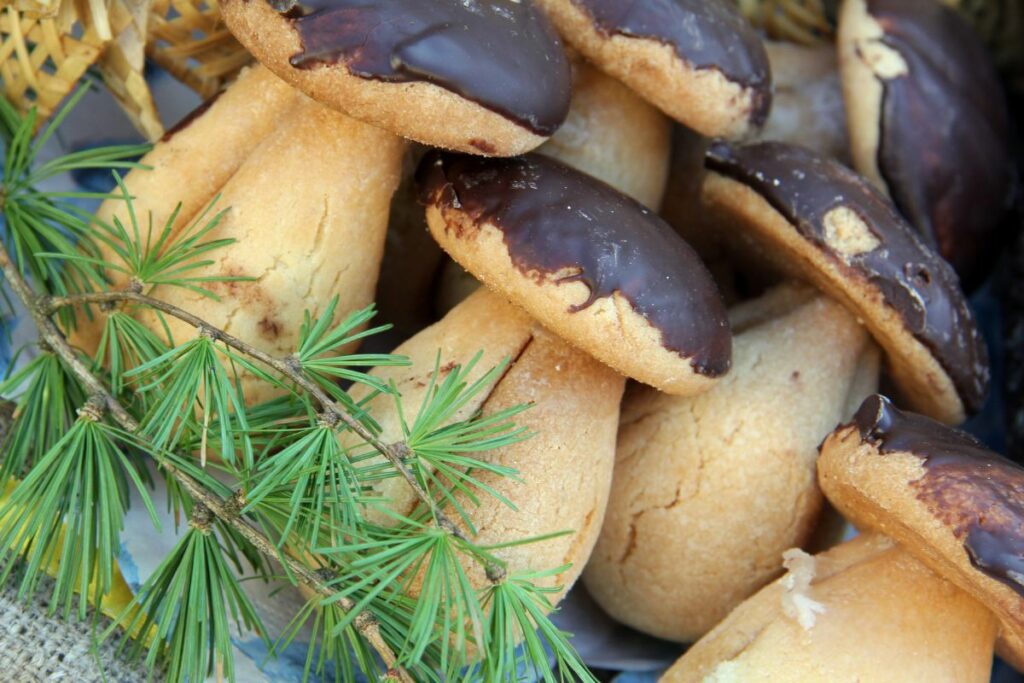
Mushroom chocolates are a playful and indulgent way to enjoy your fungi. The key is to use high-quality chocolate to complement the mushrooms’ natural flavors.
- Ingredients:
- High-quality dark, milk, or white chocolate
- Finely ground dried mushrooms
- Instructions:
- Melt the chocolate in a double boiler, stirring continuously.
- Mix in the ground mushrooms until evenly distributed.
- Pour the chocolate mixture into molds and let it cool until set.
These homemade mushroom chocolates not only provide a tasty treat but also make for unique gifts. Enjoy creating these mushroom-infused delights, which will certainly become a staple in your recipe collection.
Frequently Asked Questions
When it comes to psilocybin mushrooms, understanding proper storage and shelf life is crucial for maintaining their quality and potency. This section answers common questions on this topic.
What is the shelf life of dried mushrooms under optimal storage conditions?
Under optimal conditions, dried mushrooms can last for several months to a year. The key to maximizing shelf life is to minimize exposure to heat, light, moisture, and oxygen.
Can the potency of psilocybin mushrooms diminish over time?
Yes, the potency of psilocybin mushrooms can diminish over time, especially if they are not stored correctly. Heat, light, and oxygen can degrade psilocybin, reducing the mushrooms’ effectiveness.
What are the signs that indicate mushrooms have gone bad?
Mushrooms that have gone bad may change in color, smell, and texture. Look for discolorations, off odors, and a slimy or excessively dry texture as indicators that mushrooms should no longer be consumed.
Is there a recommended way to store mushrooms to preserve their quality?
To preserve their quality, store mushrooms in airtight containers with desiccants to absorb moisture, and place them in a cool, dark, dry place.
How does freezing affect the longevity of psychedelic mushrooms?
Freezing can extend the longevity of psychedelic mushrooms by preventing the growth of mold and bacteria. However, proper drying before freezing is essential to prevent ice crystal formation which can damage the mushrooms.
Are there any health risks associated with consuming expired mushrooms?
Consuming expired mushrooms can pose health risks, including potential food poisoning and decreased potency. It’s important to ensure mushrooms are safe for consumption before using them.

